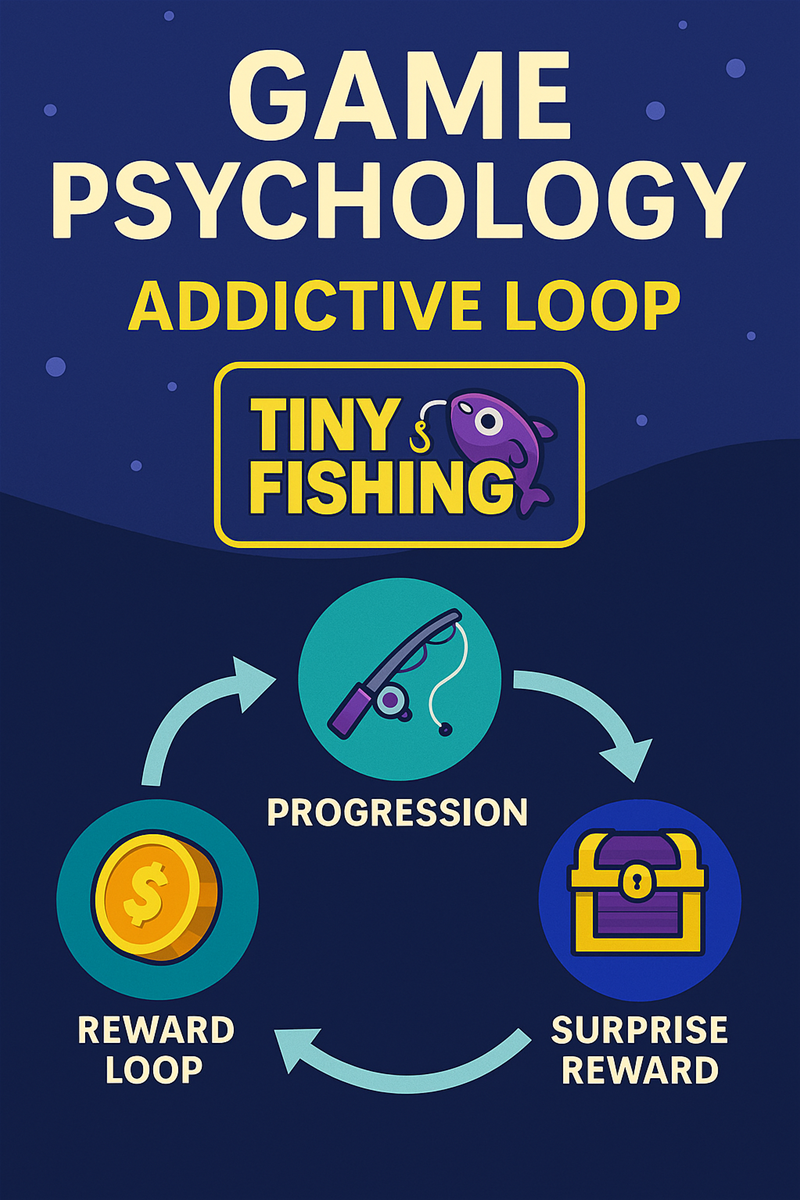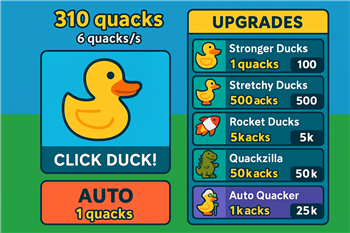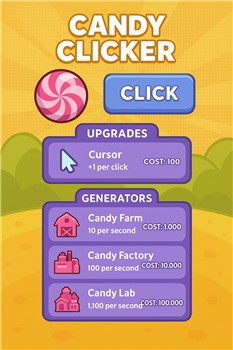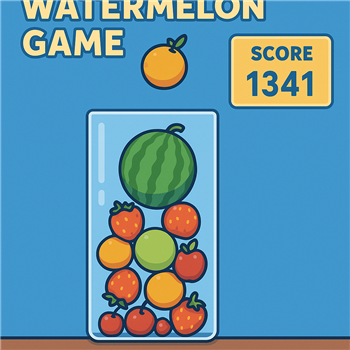Why Tiny Fishing Became So Addictive (According to Game Psychology)
Ever found yourself playing Tiny Fishing for hours without even realizing it? You’re not alone. This simple yet highly engaging browser game is built on core psychological triggers that hook your brain and keep you coming back.

🎯 1. The Feedback Loop That Hooks You
Every cast earns you something — coins, upgrades, or rare fish. These instant rewards activate the brain’s reward system and form a tight positive feedback loop, similar to what’s used in viral mobile games.
📈 2. Progression That Feels Tangible
As you unlock deeper levels and upgrade your rod, you experience real progression. This satisfies our need for achievement and makes each play session feel meaningful. Read our Rod Upgrade Guide for optimization tips.
🎁 3. The Surprise Factor
The moment you spot a Golden Shark or open a bonus crate, your brain gets a dopamine hit. These surprise moments use a psychological principle known as “variable reward,” making the game loop deeply satisfying.
🔁 4. Simple but Deep Mechanics
Anyone can learn the basics in seconds — but mastering depth, bait usage, and rare fish patterns takes time. This easy-to-start, hard-to-master model is ideal for long-term retention.
👥 5. Social Proof and Competition
The Leaderboard System taps into our desire for recognition. Competing with others or sharing your rare fish catches online creates a sense of belonging and pride — a major psychological motivator.
FAQs: Psychology Behind Tiny Fishing's Addictiveness
- Q: Is Tiny Fishing intentionally addictive?
A: It’s designed for engagement, not harm. The game uses healthy psychological motivators like feedback loops and surprise rewards to keep players entertained. - Q: Why does the game feel so rewarding?
A: Because it gives you instant progress, consistent upgrades, and surprise fish moments — all of which release dopamine and trigger replay desire.
👉 Explore more: How Game Design Boosted SEO | Tips to Catch Rare Fish









